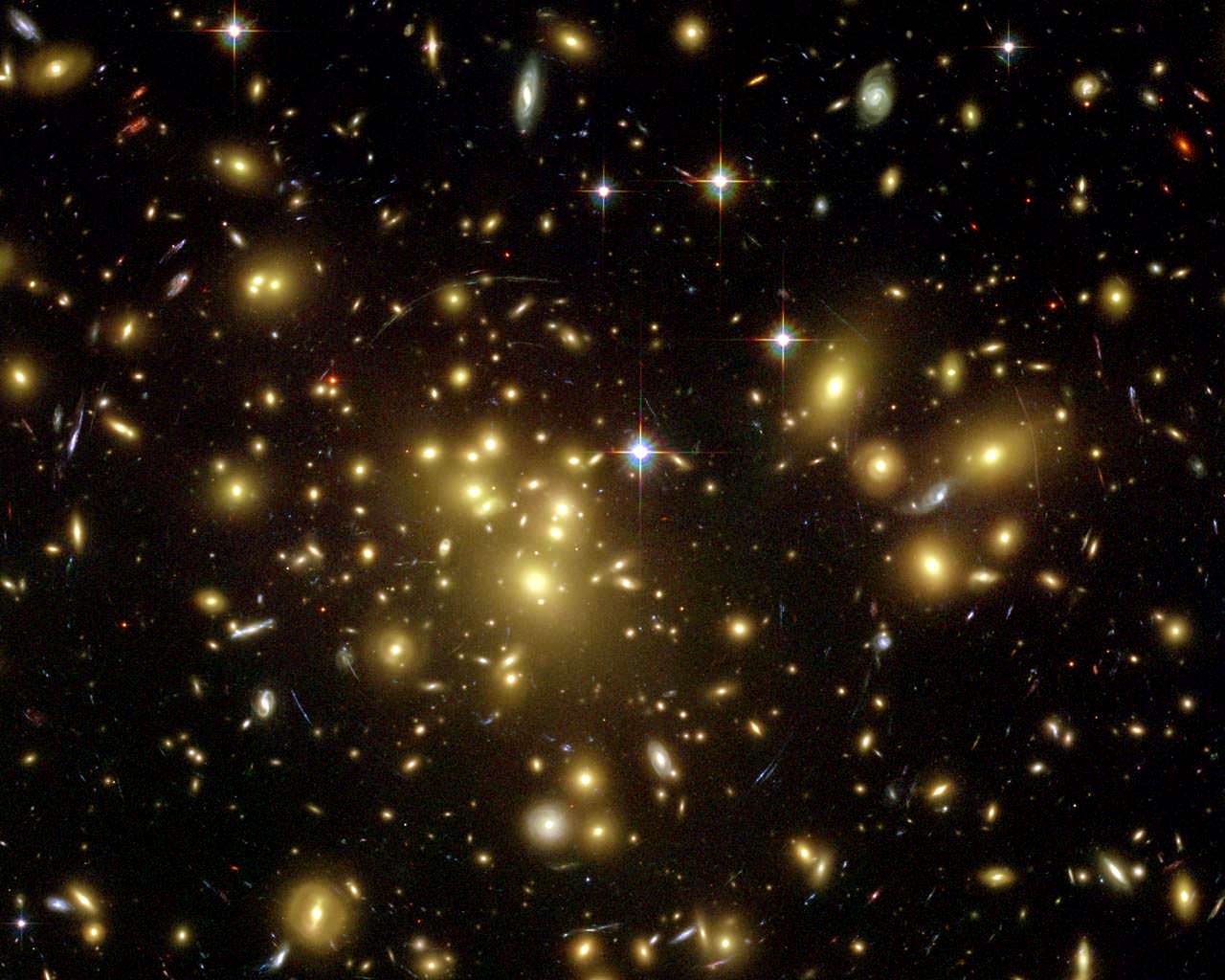A team led by Stockholm University, along with collaborators from various European countries, the US, and Japan, has claimed that these star clusters could provide crucial insights into the reionization era of the Universe.
Astronomers have discovered five young star clusters, potentially the oldest ever, originating from the Universe’s infancy. According to an international team led by Stockholm University, with collaborators from several European countries, the US, and Japan, these gravitationally-bound massive clusters could provide vital clues about the reionization era of the Universe.
also read:ईडी के बाद अब सीबीआई बानी केजरीवाल की नई मुश्किल
First discovery of star clusters in infant galaxy less than 500 million years after Big Bang
said a statement released by the European Space Agency (ESA) on Monday. Our universe is 13.6 billion years old whereas the Earth is 4.5 billion years old; and the newly discovered star clusters are believed to have been born when the Universe was 460 million years old.
For several centuries now, scientists world over have been trying to look back in time and understand how the early stars were born and what these baby stars looked like. But the cosmological distances have prevented any direct study or observations of these stellar objects. The newest star clusters were discovered in the Cosmic Gems arc — a galaxy emitting light and looking back 97 per cent across the cosmic time.
also read: Astronaut Sunita Williams stranded on ISS as NASA’s Boeing Starliner return delayed
The Cosmic Gems arc was initially discovered in the images obtained from the Hubble Space Telescope during the Reionization Lensing Cluster Survey programme of the lensing galaxy cluster SPT-CL J0615−5746.
James Webb Space Telescope (JWST) facilitated astronomers to peer into early Universe
The newly detected clusters in the arc are massive, dense and located in a very small region of their galaxy. They contribute the majority of the ultraviolet light coming from their host galaxy. The clusters are significantly denser than nearby star clusters, the study noted. In the early Universe, young galaxies underwent a significant burst phase which resulted in the generation of substantial amounts of ionising radiation.
In our galaxy, the Milky Way, there are many ancient globular clusters of stars bound by gravity, which have survived for billions of years. These are old relics of intense star formation in the early Universe, but it is not well understood where and when these clusters got formed. This detection of massive young star clusters in the arc holds potential to usher in a series of studies on early stages of a star formation process and the subsequent development into globular clusters. The discovery is vital as scientists will be able to better understand how and where infant galaxies were born.
also read: नेपाली धर्मगुरु नाबालिग से रेप के मामले में दोषी करार
“These galaxies are thought to be a prime source of the intense radiation that re-ionised the early Universe,” said Angela Adamo, Stockholm University, and the lead author of the paper published in the journal Nature.
In what could also be direct evidence to the proto-globular clusters that formed in faint galaxies during the re-ionization phase of the Universe, reiterates that galaxies reionized the Universe.

